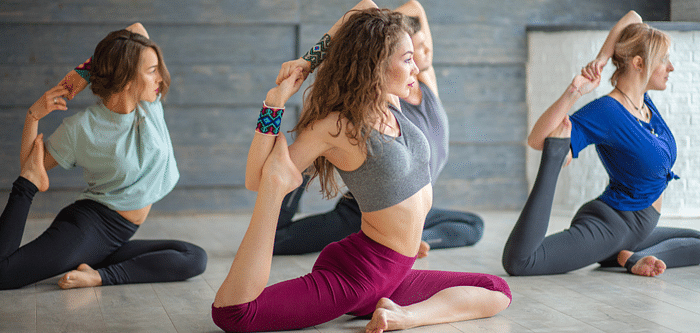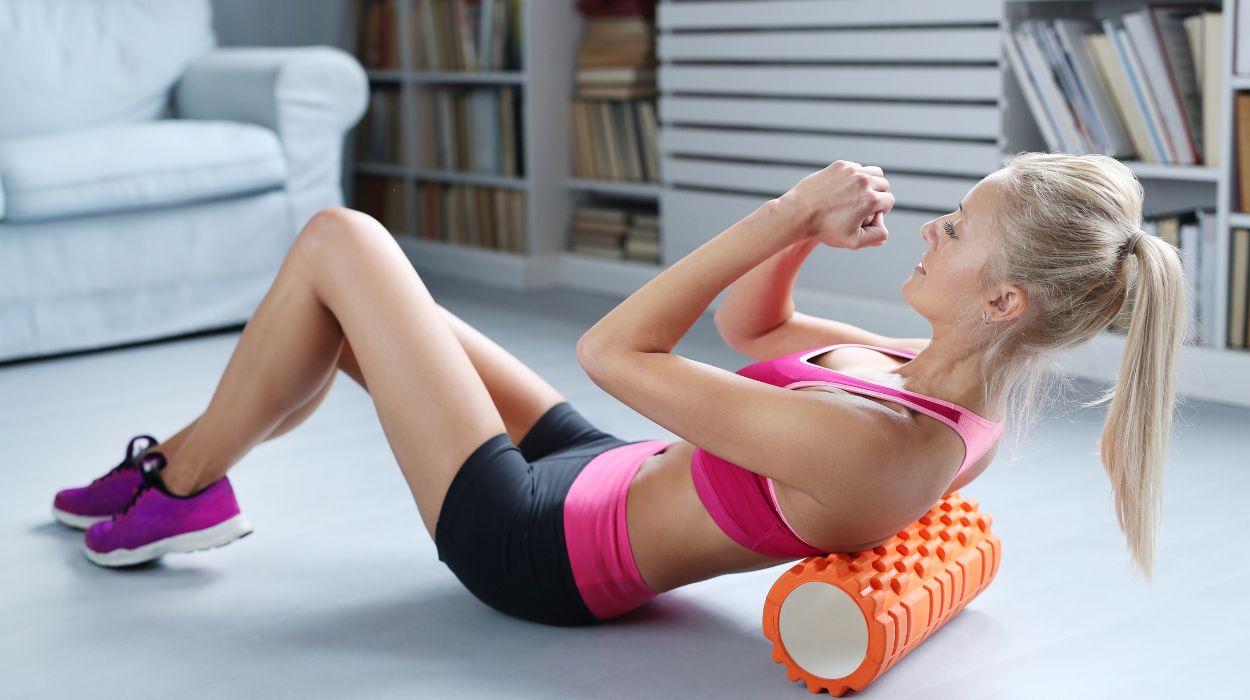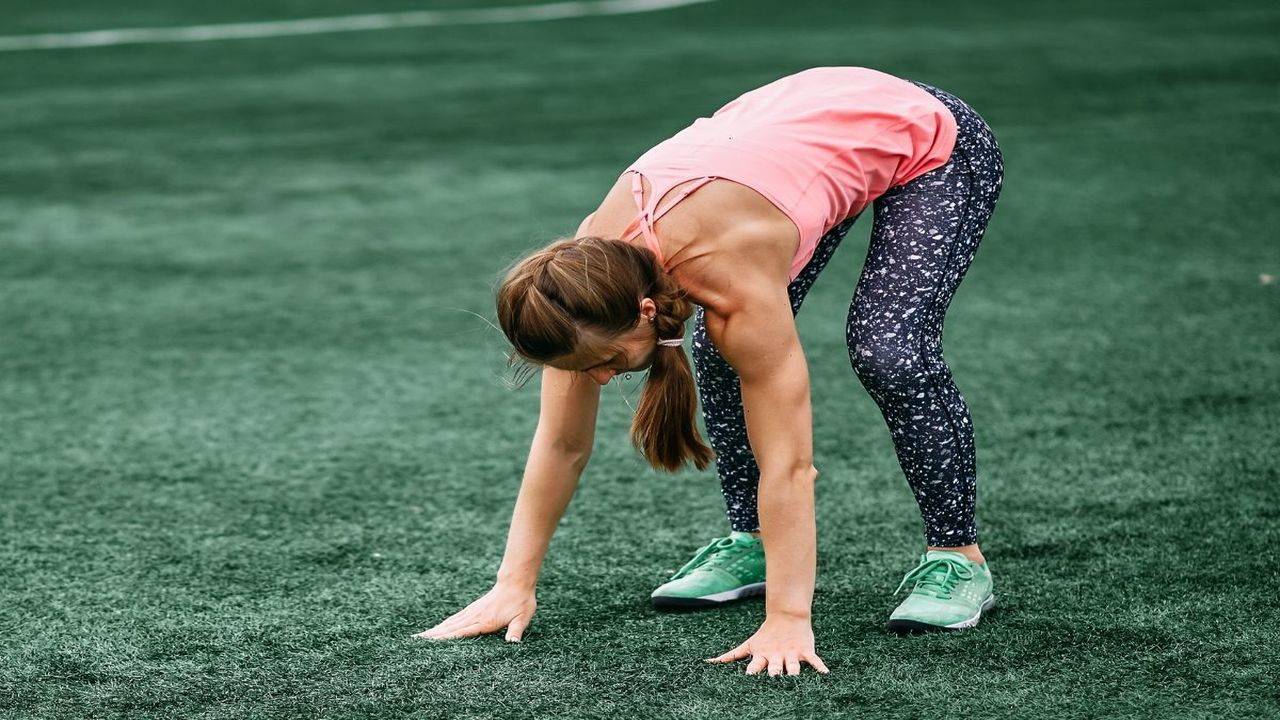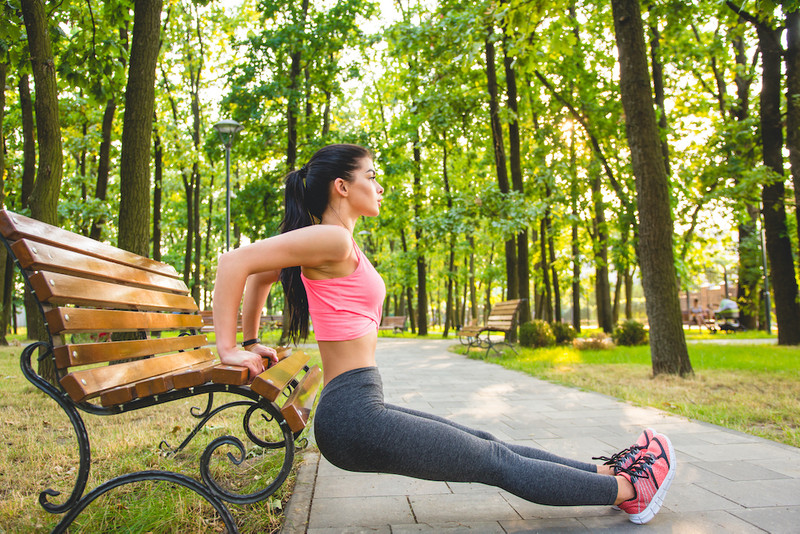Let’s be real — lunges are nobody’s favorite exercise. They burn, they test your balance, and they can feel awkward when you’re first learning. But here’s the thing: they work. Few moves fire up your entire lower body like lunges do. Whether you’re aiming for toned thighs, lifted glutes, or strong, athletic legs, lunges deserve a place in your routine.
But then comes the age-old question: static lunges or walking lunges — which one’s better? Both are popular. Both build leg strength. But they’re not exactly the same, and depending on your goals, one might suit you better than the other.
So, grab your coffee, shake out your quads, and let’s break this down in plain, no-nonsense language — so you know exactly which version to do, when to do it, and how to make the most of every rep.
First, What’s The Difference?
Static Lunge:
You step one foot forward (or backward), lower down, and then stay put — moving up and down without stepping anywhere else. Think of it like doing a single squat split between your two legs. Your feet stay planted until you switch sides.
Walking Lunge:
Instead of staying still, you keep stepping forward (or backward), lunging step after step in a smooth, flowing pattern — like you’re lunging your way across the room.
What Muscles Do Both Lunges Work?
Whether you’re standing still or traveling across the floor, both versions work the same major muscles:
- Quads: Front of your thighs — they do a ton of work lowering and pushing you back up.
- Glutes: Your butt muscles fire up to stabilize your hips and drive you upward.
- Hamstrings: Back of your thighs help control the descent and push-off.
- Calves: Keep you balanced.
- Core: Engaged the entire time to keep you steady.
So no matter which you pick, you’re training your entire lower body plus balance and core control.
Why Do Static Lunges?
Static lunges — sometimes called split squats — are beginner-friendly but still brutal when done right. Here’s why people love them:
Better for balance beginners: Since your feet stay in one spot, you don’t have to worry as much about tripping or wobbling mid-step.
Easier on your knees: Static lunges put less stress on your joints because there’s no extra momentum or shifting weight forward with each step.
Great for focusing on form: You can really dial in your knee tracking, hip position, and posture without worrying about the next step.
Awesome for muscle endurance: Holding a lunge position and pulsing or adding slow reps will light up your quads and glutes.
Why Do Walking Lunges?
Walking lunges are the dynamic cousin. They’re a bit more advanced, but they bring extra perks.
More balance and stability challenge: Stepping forward and lowering under control fires up all the tiny stabilizer muscles in your hips and ankles.
More athletic: Walking lunges mimic real-life movements — stepping, changing direction, climbing stairs. Great for sports training.
Extra core engagement: Moving forward with each rep forces your abs and lower back to work overtime so you don’t topple over.
Higher calorie burn: Because you’re moving, your heart rate stays up — so you get a bit of cardio with your leg workout.
Static vs Walking: Which Builds More Muscle?
This is what most people really want to know: which one builds bigger, stronger legs faster?
For pure muscle growth: Static lunges might have a slight edge, especially if you’re lifting heavy dumbbells or a barbell. Staying put means you can focus on driving through your front heel, really squeezing your glutes and quads without worrying about balance and momentum.
For muscle plus athletic power: Walking lunges recruit more muscle fibers because each step adds an element of control and force. You’ll work the same muscles but also improve balance, stability, and coordination — and that can translate to stronger legs in real life.
In short: Static for focus and heavier weight. Walking for balance, functional strength, and overall leg conditioning.
Which One’s Safer?
Both are safe if your form is good. But static lunges are generally more forgiving for beginners or anyone with knee issues. You can go slower, check your alignment, and adjust foot placement without the pressure of moving forward.
Walking lunges require more body control and balance — they’re amazing once you nail the basics, but start with static lunges if you’re brand new.
How To Do Them Right (Quick Refresher)
Static Lunge:
- Stand tall, step one foot forward about 2-3 feet.
- Keep your torso upright and core tight.
- Lower your back knee toward the floor until both knees are at about 90 degrees.
- Front knee stacked over ankle, not pushed way ahead of toes.
- Drive through your front heel to rise back up.
- Repeat for reps, then switch sides.
Walking Lunge:
- Stand tall, step forward with one foot.
- Lower down into a lunge — back knee bends toward the floor.
- Push through your front heel to bring your back foot forward and step into the next lunge.
- Keep going in a smooth, controlled line.
- Keep your torso tall, abs braced.
How Many Should You Do?
- Static Lunges: 3-4 sets of 8-12 reps per leg if you’re lifting heavier for strength. Or 12-15 reps for endurance with lighter weight.
- Walking Lunges: 3-4 sets of 20-30 steps total. Keep it smooth and steady.
Add Variety:
Once you master both, play around:
- Reverse lunges: Step back instead of forward — easier on knees.
- Weighted lunges: Hold dumbbells at your sides or a barbell on your back.
- Pulse lunges: Stay low and pulse for extra burn.
- Add a twist: Hold a weight at your chest and twist toward your front knee.
Bottom Line: Which Should You Do?
Do static lunges if:
- You’re new to lunges.
- You want to focus on building leg strength with heavier weight.
- You need to work on balance and form without moving parts.
- You’re rehabbing from a knee or ankle tweak.
Do walking lunges if:
- You want extra calorie burn and core engagement.
- You like dynamic, athletic moves.
- You’re comfortable balancing and controlling your body through each step.
- You want more real-life, functional strength.
Truth is — you don’t have to choose forever. Use both! Static lunges build muscle and lock in perfect form. Walking lunges add athleticism, endurance, and spice up your routine. Alternate them or include both in your lower-body days. Your quads and glutes will thank you.
One Final Tip
No matter which lunge you pick, form is king. Don’t let your front knee cave in, don’t rush, and keep your core tight. Bad lunges will torch your knees instead of your quads. Good lunges will sculpt strong, lean legs you’ll be proud to show off.










